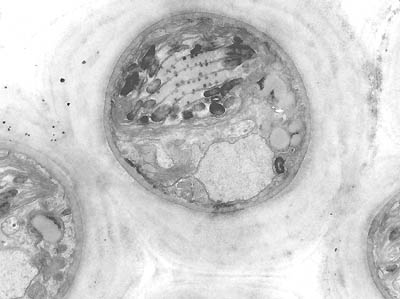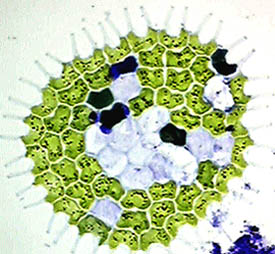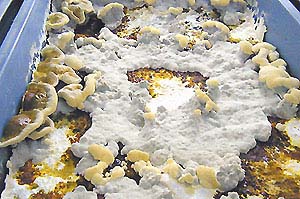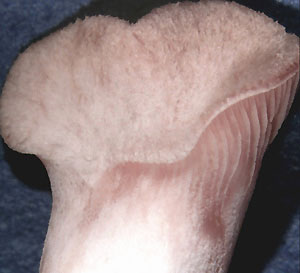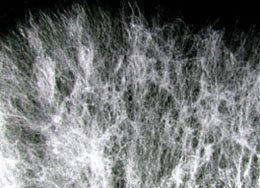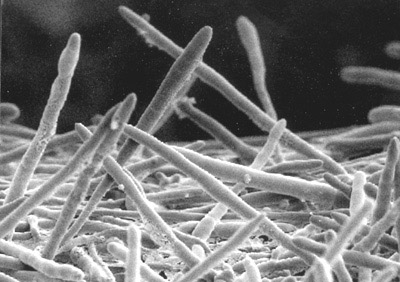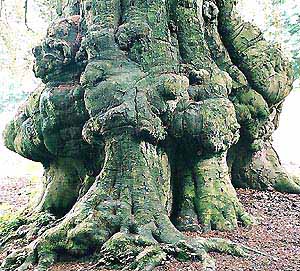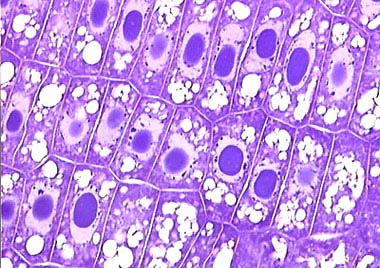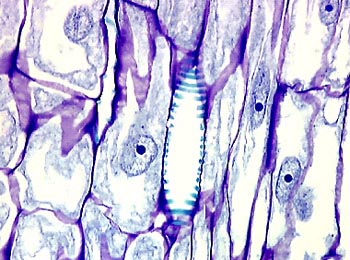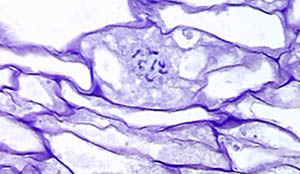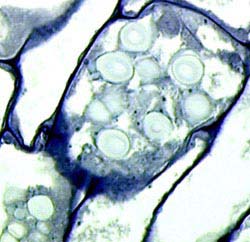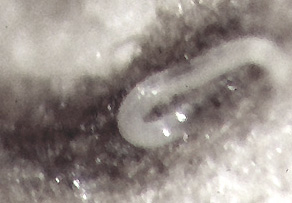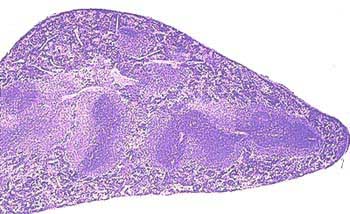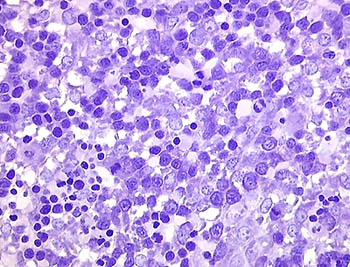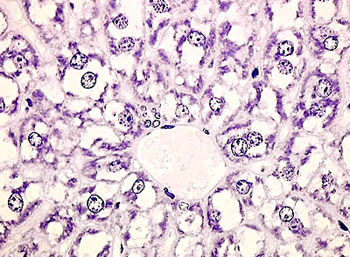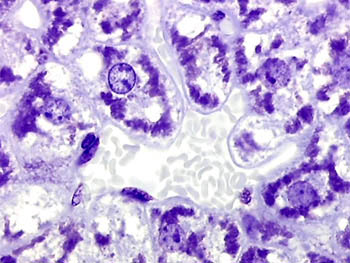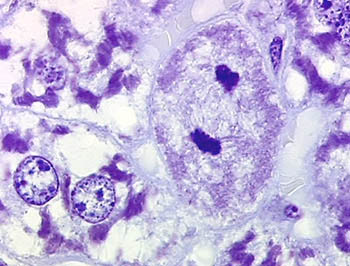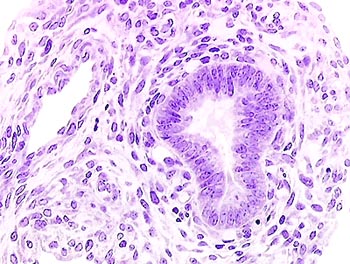Put yourself in a similar position for a moment and try to find a satisfying explanation to such perceptive queries from a child. Since then, this rare experience continued to occupy my mind. What do we mean when we utter the word 'cell'? What do we really know about the cell? How can we use simple words to make ourselves understood even by a child?
Almost all cells—in biology, of course—are so small, that we cannot see them with an unaided eye. Nowadays, we have instruments through which we can see increasingly finer details of once invisible things. The earlier microscopists successfully founded our basic knowledge during the last centennia, and established the scientific disciplines called microscopy, cytology, cell biology, microscopic anatomy, morphology, histology, histopathology, etc. We can now enjoy the fact that instruments such as the light microscope are readily available and many good models are affordable to microscopy enthusiasts. This allows us to investigate various life forms in extremely variable conditions, all of which have but one thing in common: the cell, a biological unit of living beings.
The aim of this article is to simply present some aspects of living organisms which are observable through various kinds of microscope. So let's explore some basic concepts of cells in order to appreciate their beauty and function.
.
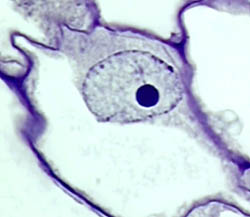
This plant cell is surrounded by at least four other similar type of cells and has a cellulosic cell wall stained dark blue. It contains a large vacuole in which lightly stained granular matter is visible. The nucleus lies at the upper right and is vesicular (baloon-like). Its nuclear membrane is dotted by darkly stained material called chromatine on which the genetic material is embedded. The nucleus is apparently not empty and contains a moderately well-stained network. But the nucleolus, the dark-blue stained, massive, spherical structure, is the most prominent part of the nucleus. The stained portion around the nucleus is the cytoplasm. The cells illustrated are from a potato, Solanum tuberosum. A very thin section, 2 µm, Toluidine blue (1% aqueous solution) staining..
In contrast to its microscopic size, a cell houses an incredible amount of genetic information within its delimiting cell membrane. Inherited genetic information is the driving force of all cell functions such as productions, secretions, excretions and other specilized performances of the cell and biological/chemical activities occur within the protoplasm.
New cells originate from and are identical to a parent cell; the newly born life is comparable with the parent cell in all respects; they can absorb and produce its own substances and may engulf particles. They normally reproduce and replicate, they age and die. The spectrum of the cell's accomplishments are incredible! Their morphological and functional harmony and improvements during evolution are just astonishing. Cells without nuclei (Prokaryotes), cells with nuclei (Eukaryotes), cells with or without mitochondria, cells producing types of a green pigment, the chlorophyll, and capable of photosynthesis; cells making unicellular life forms, cells attached together for a living in groups to form Colonial organisms, from which and then multicellular life forms gradually evolved, as if a step by step development, but in reality only by a gradual evolution taking place in geological time scale; cells forming various tissues after a process known as cell differentiation; and cells making fungi, plants, and animals; cells living in water or on Earth, in an endless, ever increasing variety of niches...
The ultimate achievement of cell development is characterized by the very recent emergence of an animal species characterized by the significant abilities of perceiving, learning, speaking, remembering, judging and decision making; this animal is called man.
Cells, cells, cells... The building blocks of life. That's right! All living beings are made of cells, without exception; neither for bacteria which first appeared several billions of years ago nor for Homo sapiens sapiens like you and I.
~~~~~
Bacteria are cells without nuclei, therefore they are called Prokaryota.
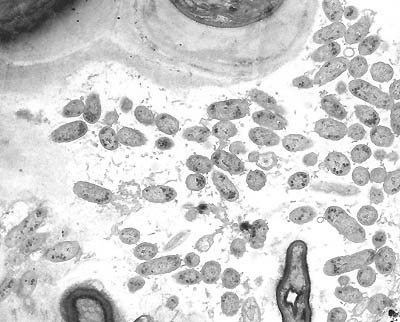
TEM (Transmission Electron Microscopy) image. Magnification 5.000x
---A group of oval to elongated bacteria lie between algae (upper part) and two fungal hyphae visible at the lower part of the image. These bacteria have no membrane-bound nucleus. The genetic material inherited is dispersed through the cytoplasm. Bacteria usually form large communities within their niche and replicate very rapidly.
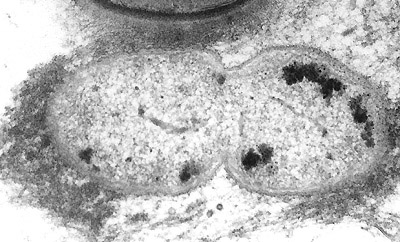
---Note the central vertical constriction. Soon we would have two bacteria! A mature and rather old bacterium will rejuvenate in this manner. There is fibrillar material around the bacterium. This is the extracellular matrix (ECM) in which they live. Most bacteria and other cells simply produce their own typical extracellular matrix as an inseparable part of their environment. TEM. Magnification 20.000x
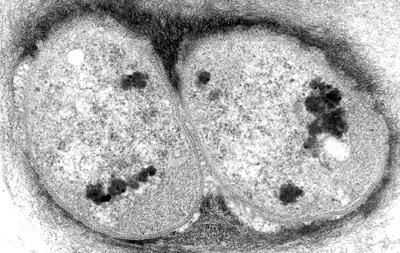
---This TEM image illustrates that the division is complete and we have two daughter bacteria from the old one. Note the cell membrane delimiting their cytoplasm from the ECM. Magnification 20.000x

Bacteria can be cultured in Petri dishes containing suitable food stuff.
---
